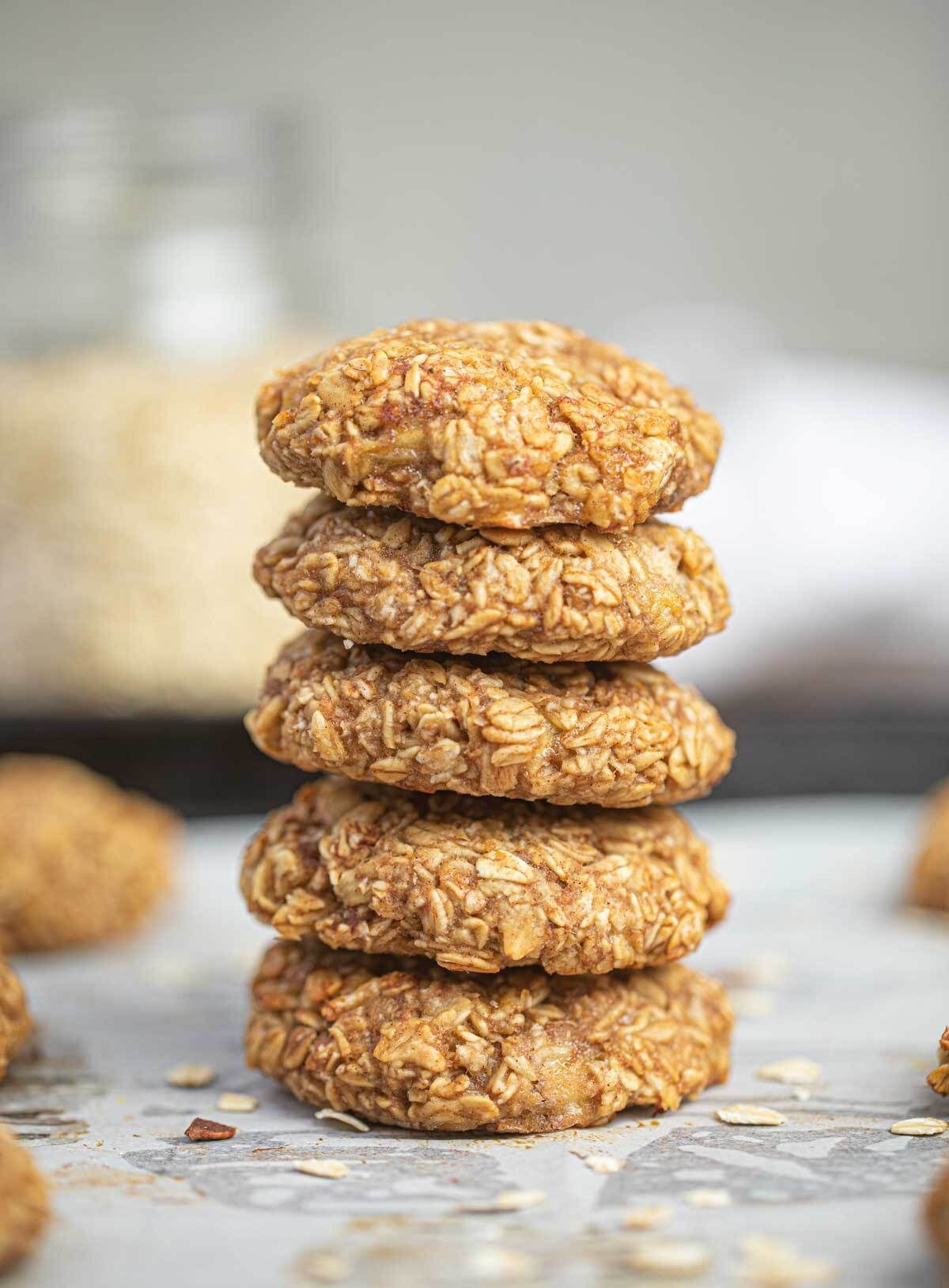- More Relief. Less Medication.
- Posts
- 🧠 What Does Iron Deficiency Have To Do With Migraine?
🧠 What Does Iron Deficiency Have To Do With Migraine?
If you never look for it, you'll never find it... And if you never find it, you can never treat it...

Your hub for natural migraine management. More Relief. Less Medication.

Hey Migraine Mentees 👋
Today’s newsletter takes another 5 minutes to read, but if you’ve only got 60 seconds, here’s what you need to know:
Feeling tired, dizzy, or mentally foggy—especially around your period—could be a sign of iron deficiency, not “just hormones”…
Iron is essential for delivering oxygen to your brain; without enough, symptoms like brain fog, headaches, and migraines can appear…
Women are at higher risk due to monthly blood loss and hormonal shifts that reduce iron absorption…
Low iron impacts brain oxygen levels, energy production, and vascular sensitivity—creating the perfect storm for menstrual migraines…
You may want to consider a ferritin test and/or boosting iron through food or supplements (with guidance) to support your brain and reduce migraine attacks if you’re iron deficient…
🇩🇪 This week’s topic came from one of our subscribers in Germany who shared her story about addressing an underlying iron deficiency allowed her to experience her first menstrual cycle without a migraine…
We LOVE hearing from you and hope to hear more from the rest of you!
🧠 The Migraine Mentors
First time reading?! Sign up HERE.

In This Week’s Edition…
🥡 Weekly Take-Out
Meme of The Week - 😤 HELP
📸 Weekly TikToks
Medical Gaslighting & Migraine
Vitamin E for Menstrual Migraine
🔈️ The Migraine Mentors Minicast - Podcast Series
How Iron Deficiency Impacts Migraine Attacks
📜 This Week’s Top Article
What Does Iron Deficiency Have To Do With Migraine?
🍴 Migraine-Friendly Recipe of the Week
Oatmeal Cookies

🥡 WEEKLY TAKE-OUT
Meme of The Week

IFKYK

🥡 WEEKLY TIKTOKS
Medical Gaslighting & Migraine
@drerikreis The next time your doctors tells you “it’s all in your head,” that’s your sign to nod, walk out of that office, and never go back. Great ... See more
Vitamin E for Menstrual Migraine
@headache_whisperer #migraine #migraines #migrainerelief #headache #headaches

Breakfast that’s actually F-A-S-T
No more sad granola bars or sprinting out the door with just coffee.
Huel Black Edition is a ready-in-seconds shake packed with: 40g protein, 6g+ fiber, 0 prep. Just shake, sip, go.
Get 15% off your first order + a free t-shirt and shaker with code HUELSPRING, for orders over $75.

🗞️ MIGRAINE MINICAST
How Iron Deficiency Impacts Migraine Attacks
🎧 This week’s episode uncovers one of the most overlooked drivers of brain fog, fatigue, and menstrual migraines: iron deficiency.
If you’ve ever felt exhausted, dizzy, or mentally “offline” around your period—or like your migraines always hit during your cycle—this episode is a must-listen.
In this episode, we cover:
🧠 How iron impacts brain function, oxygen delivery, and mitochondrial energy
🩸 Why women are especially vulnerable to iron deficiency (and what labs to run)
📊 The connection between low ferritin, hormonal shifts, and migraine triggers
🥩 Real-world tips on diet, supplementation, and testing that we use in our clinic
Plus a deeper dive into how we support metabolic and cellular health for long-term migraine relief—without just throwing another med at the problem.
👇️ Click the link below to check it out! 👇️

📜 TOP ARTICLE
What Does Iron Deficiency Have To Do With Migraine?
📒 Community Note: This weeks newsletter topic and discussion came from a discussion with a subscriber from Germany who saw a significant improvement in her migraine symptoms after she had an iron panel performed, addressed her underlying iron deficiencies, and for the first time ever, didn’t have a migraine around her menstrual cycle! We want to hear more stories like this to help others AND make sure we’re covering relevant topics… So please share your story with us!
If you’ve ever felt wiped out, dizzy, lightheaded, or like your brain just won’t turn on—especially around your period—you’re not alone…
And you’re not “just hormonal” either…
Iron deficiency is one of the most under-recognized contributors to fatigue, brain fog, and—you guessed it—migraine symptoms.
💉 Iron = Oxygen for Your Brain
Iron is an essential mineral that your body needs to make hemoglobin—the protein in red blood cells that carries oxygen to your brain, muscles, and organs.
Without enough iron, your cells literally suffocate. And since your brain is the most oxygen-hungry organ in your body, it’s often the first place symptoms show up…
Brain fog. Headaches. Dizziness. Low energy. Difficulty concentrating. And eventually… Migraine symptoms.
These aren’t random; They’re all signs that your brain is struggling to get the fuel it needs to function properly.
👩🦰 Why Women Are More Vulnerable to Iron Deficiency
If you’re a menstruating woman (and there’s a high chance that you are if you’re reading this AND struggling with migraine attacks), you lose iron every month through your period—and that adds up…
Heavy menstrual bleeding (menorrhagia), common in women with fibroids, endometriosis, or hormonal imbalances, can further increase the risk of iron deficiency even more.
The result?
A predictable monthly crash in oxygen delivery to the brain—right when hormone levels are also shifting.
It’s also a perfect storm for triggering those pesky menstrual migraine symptoms many women often report…
📉 The Iron-Migraine Link
Recent studies show that iron deficiency may contribute to migraines through several pathways:
🫁 Reduced oxygen delivery → leads to brain hypoxia (low oxygen), which can trigger vascular changes and pain.
📵 Mitochondrial dysfunction → iron is required for energy production, and low iron = low ATP = brain energy deficit.
⚡️ Increased nitric oxide sensitivity → iron deficiency may make blood vessels more sensitive to nitric oxide, a known migraine trigger.
And when estrogen drops (as it does before your period), this can further worsen iron absorption and hemoglobin production—leaving your brain in a vulnerable state.
🩸 Iron Testing & Symptoms to Watch For
If you’ve experienced:
Headaches or migraine symptoms around your period
Chronic fatigue, dizziness, or brain fog
Pale skin, cold hands/feet, or shortness of breath
Hair thinning or brittle nails
...it’s worth checking your iron status.
Ask your doctor to run a ferritin test, which reflects your stored iron levels (not just serum iron).
Ferritin under 30 ng/mL is often associated with symptoms—even when labs say you're "normal."
And while each lab can vary on the levels they establish as normal, don’t let a lab test deter you from taking action into your own hands (under the supervision of a medical provider, of course!)
🍖 Boosting Iron Naturally
If you think there’s a good chance you’re iron deficient OR need more iron in your diet, here’s how to start rebalancing your iron levels:
Iron-Rich Foods:
Heme iron (best absorbed): red meat, organ meats, turkey, chicken, fish
Non-heme iron: lentils, spinach, pumpkin seeds, quinoa—best absorbed when paired with vitamin C (like citrus, bell peppers, or berries)
Watch Iron Blockers:
Avoid coffee, tea, and calcium-rich foods around iron-rich meals—these can block absorption.
Supplement Smart:
If food alone isn’t cutting it, talk to your provider about an iron bisglycinate or heme-iron supplement (gentler on the gut).
Avoid self-supplementing without testing first—too much iron can be just as problematic!
🧠 You’re Not Just Tired… You Might Be Anemic!
Migraines are complex, but that doesn’t mean they’re mysterious…
If your body is low on iron, your brain is low on oxygen and energy—and that is a recipe for migraine.
In medicine, we need to stop normalizing exhaustion and start asking better questions.
At The Migraine Mentors, we’re here to help you decode the patterns, find the root causes, and take back control of your health.
💡 Want help figuring out your next step?
Explore our past newsletters, sign up for online coaching, or forward this email to a friend who needs answers…
And as always—hit reply and tell us what you want covered next!
🧠 The Migraine Mentors

🍴MIGRAINE-FRIENDLY RECIPE
Oatmeal Cookies

🥣 Ingredients
2 cups rolled oats
Ensure they are plain, gluten-free if needed, and without additives.
2 ripe bananas
Not overripe, to keep histamine levels low.
1 tablespoon honey or maple syrup
Choose based on preference and tolerance.
Optional: 1/4 cup raisins
Ensure they are sulfite-free and tolerated.
📖 Instructions
Preheat the Oven
Set your oven to 350°F (175°C).
Prepare the Dough
In a mixing bowl, mash the bananas until smooth.
Add the oats and honey or maple syrup to the mashed bananas and mix until well combined.
If using raisins, fold them into the mixture.
Form the Cookies
Line a baking sheet with parchment paper.
Scoop tablespoon-sized amounts of the mixture onto the baking sheet, flattening them slightly into rounds.
Bake
Place in the oven and bake for about 12-15 minutes, or until the cookies are set and slightly golden around the edges.
Cool and Serve
Allow the cookies to cool on a wire rack before enjoying.
🎓️ Why This Recipe is Migraine-Friendly, Histamine-Friendly, and Low Glycemic
Rolled Oats
Oats are typically well-tolerated by those with migraines, as they are free from common migraine triggers like tyramine or MSG.
Bananas
Chosen at optimal ripeness, bananas provide a natural sweetness without additives. They are high in magnesium, and low levels of magnesium are often linked with migraines.
Honey/Maple Syrup
Both are natural sweeteners that typically do not contribute to blood sugar spikes or migraine triggers, unlike processed sugars.
Ripe Bananas and Oats
The combination provides a balanced source of carbohydrates with a lower glycemic index compared to refined sugars, helping to avoid spikes in blood sugar levels which could potentially affect migraines.
Oats and Fresh Bananas
Oats have a neutral histamine profile, and bananas, when not overly ripe, are considered low in histamine, reducing the risk of triggering histamine-related symptoms.
Natural Sweeteners
Honey and maple syrup tend to be well-tolerated for their low histamine content.

How did you like this week's email? |
